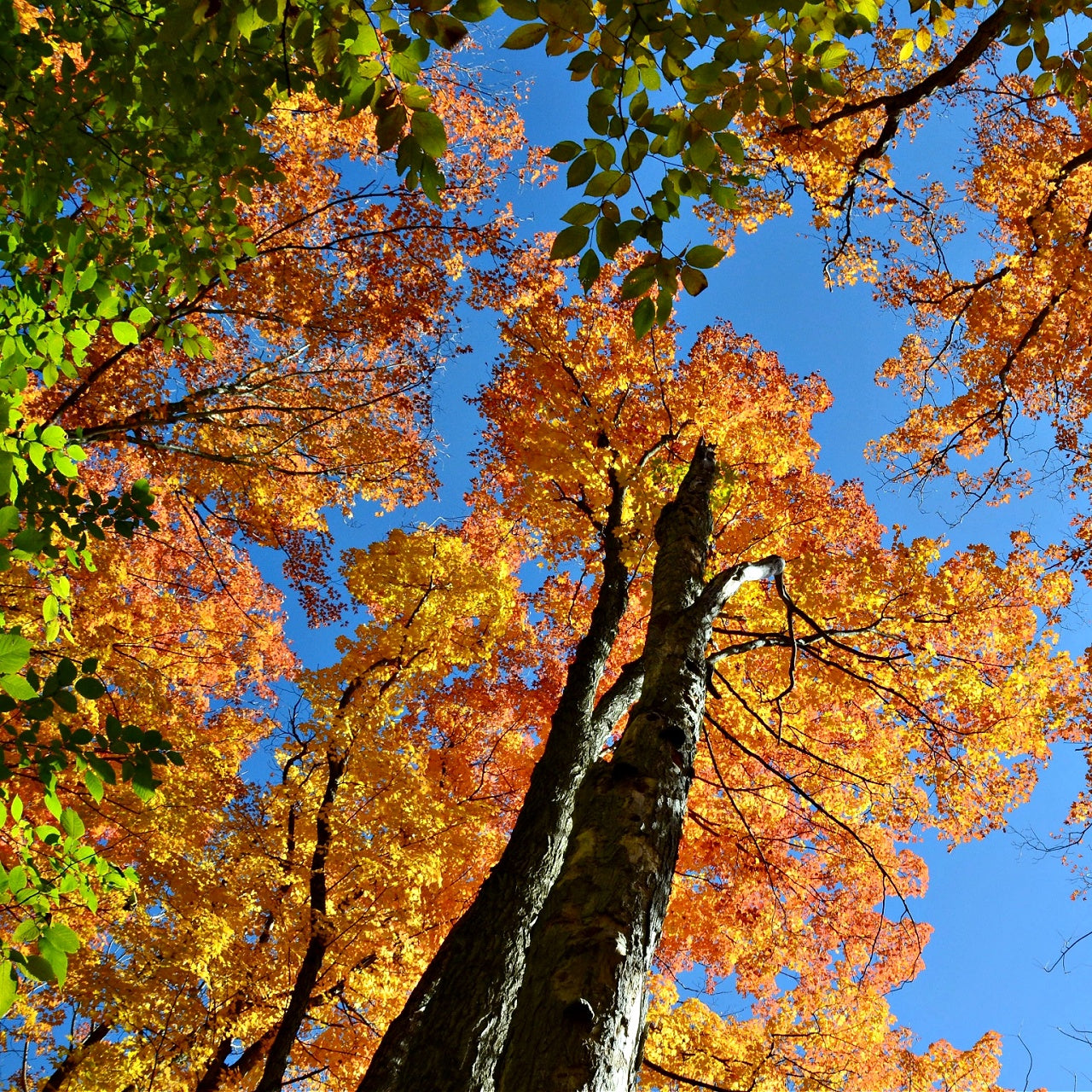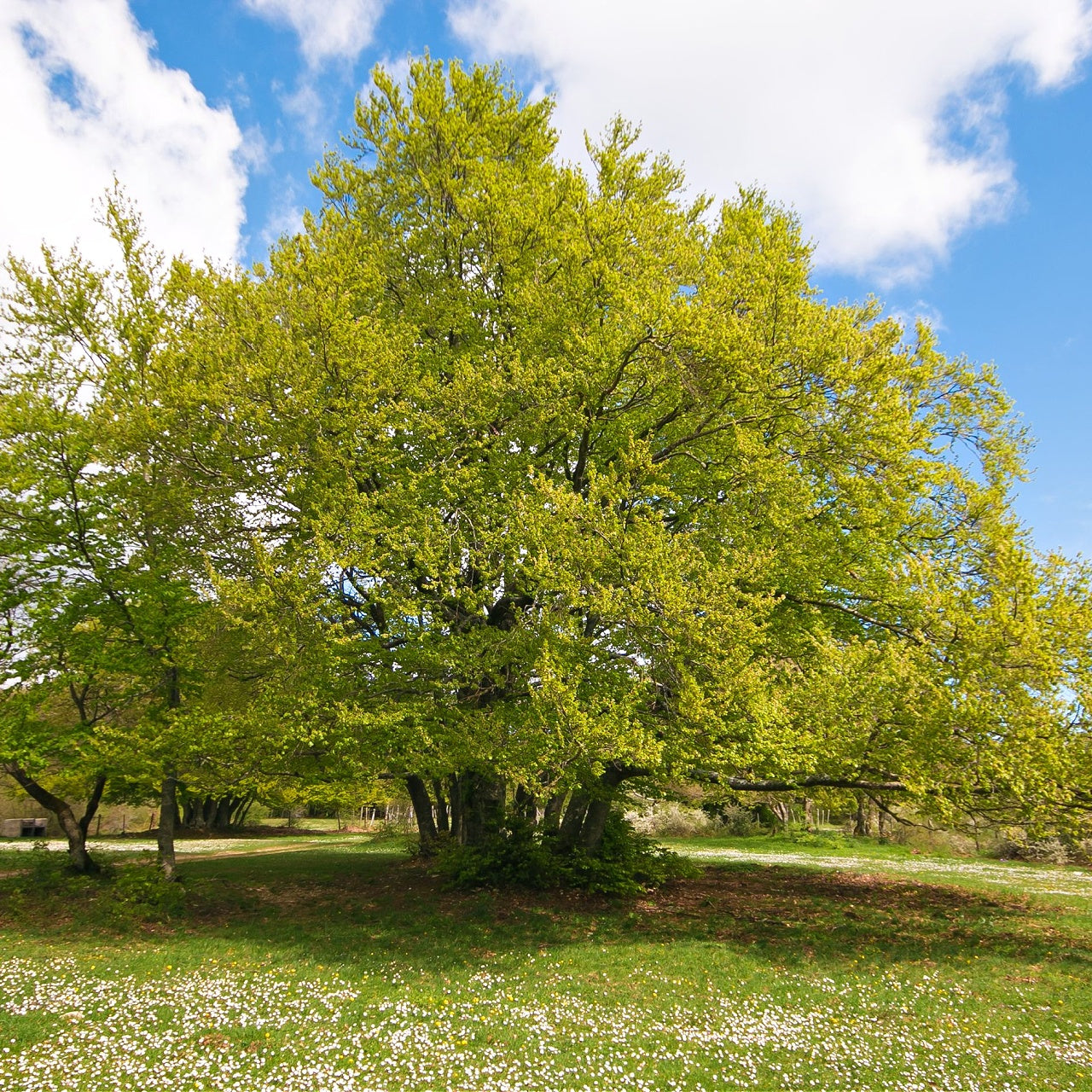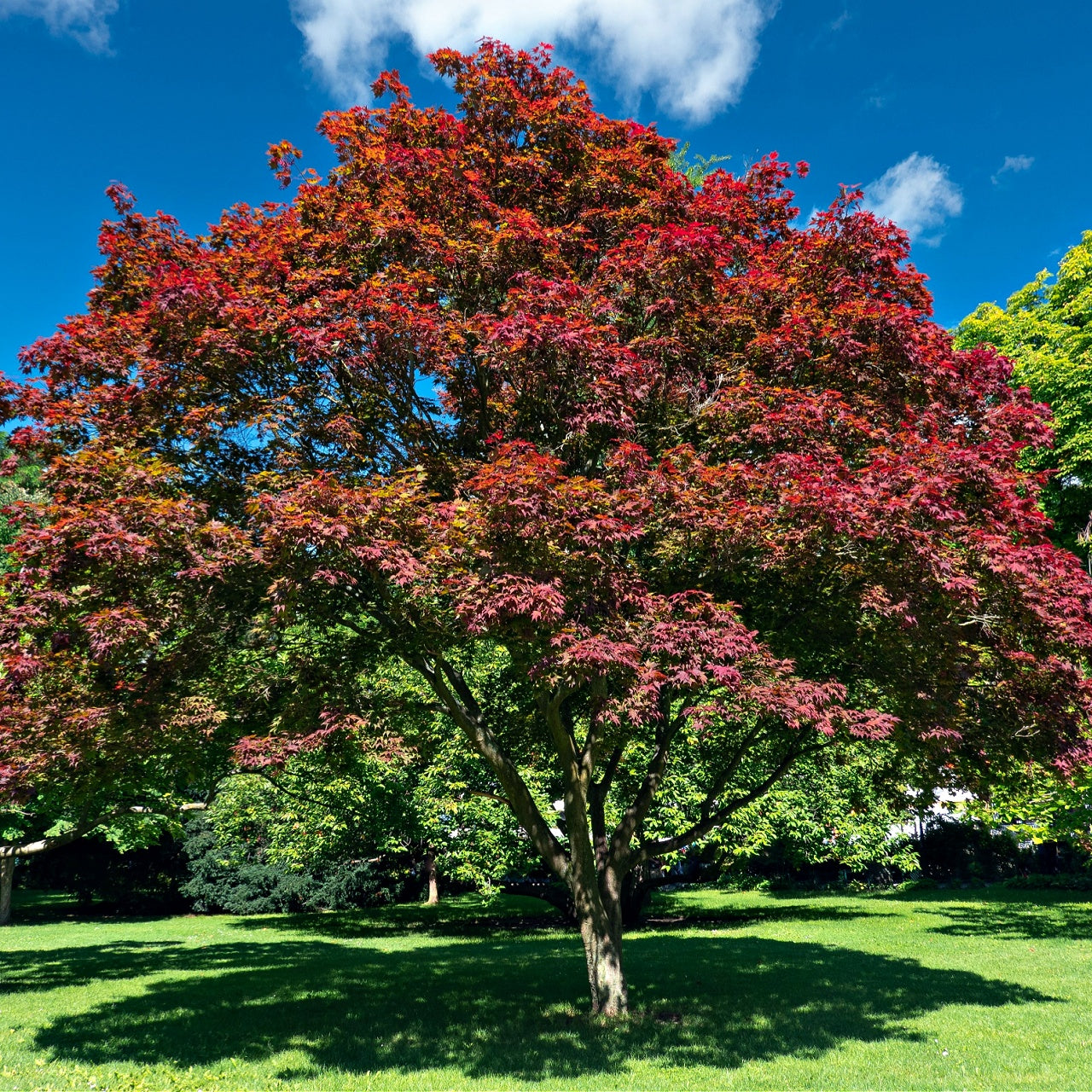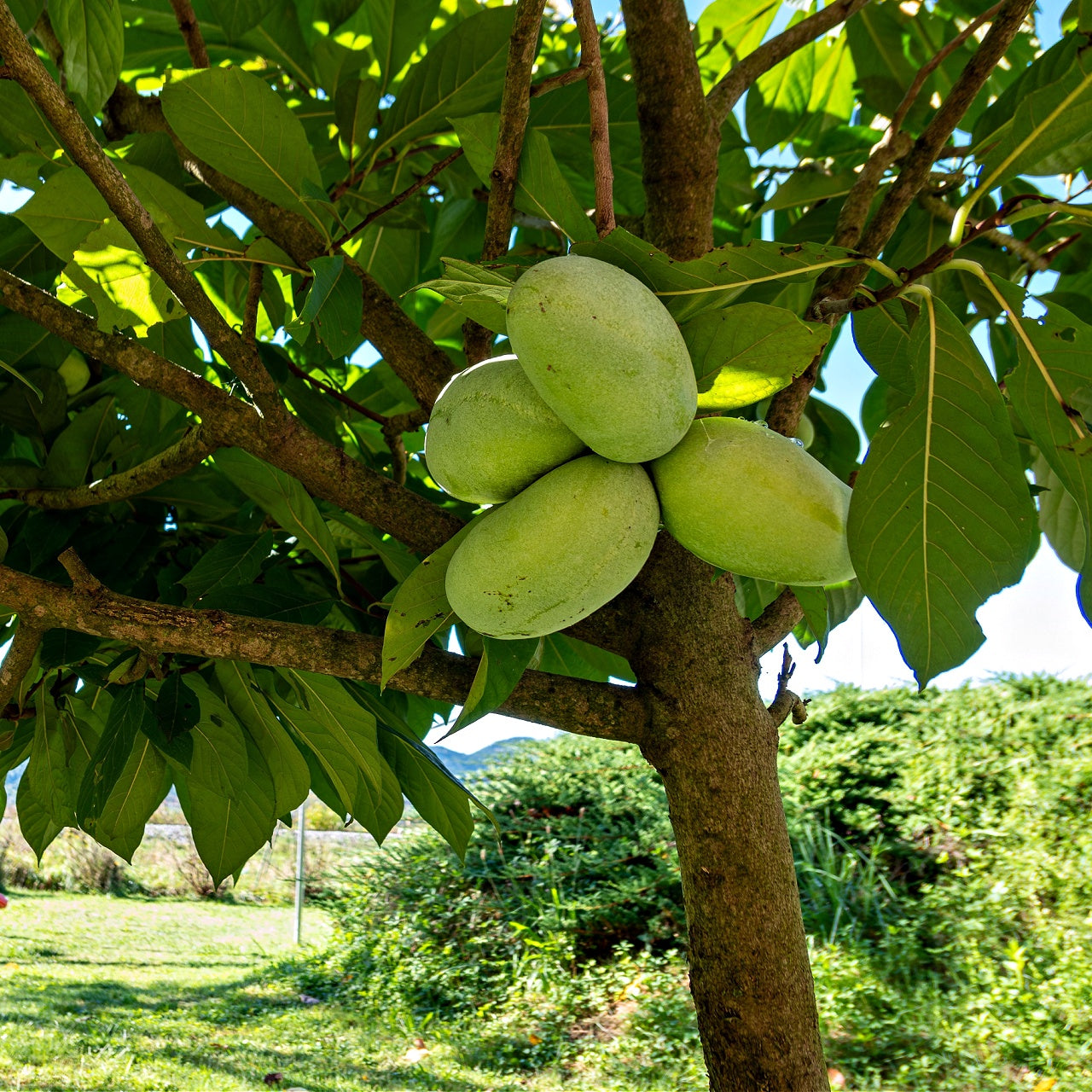
Biodynamic Gardening
Biodynamic Gardening
Biodynamic Gardening: Cultivating Harmony Between Soil and Spirit
Biodynamic gardening represents an ecological practice of plant cultivation and land care that acknowledges visible environmental components and nature's concealed forces. This approach expands on organic agriculture fundamentals by considering soil microbes and pollinating insects as integral components of a single interconnected system in the garden. Biodynamic gardeners understand how garden components are mutually dependent, which enables them to cultivate plants through natural cycles and hidden forces. The aim extends beyond creating high-vitality food to enhancing the earth's health, which results in more biodiversity and stronger resilience.
Biodynamic gardening practices emerged from Austrian philosopher Rudolf Stein's twentieth-century work to revitalize soil using special preparations from herbal substances combined with minerals and animal components. Farmers apply these preparations in small amounts to compost piles or directly onto the earth to enhance biological processes and synchronize garden activities with celestial rhythms. The outcomes of these concepts demonstrate their value even if the ideas appear abstract. Practitioners observe better soil fertility, vigorous plant growth, and a calibrant ecosystem. Biodynamic gardening extends beyond the pursuit of bigger harvests and philosophical beliefs. Biodynamic gardening requires building a profound connection with the land while nurturing the ability to monitor natural phenomena closely and show appreciation for nature's offerings.
In practice, biodynamic gardeners focus on seasonal transformations and celestial patterns. The moon's waxing and waning cycles determine soil moisture levels, consequently impacting when gardeners should plant their seeds. Using a biodynamic calendar that directs gardeners on when to sow, transplant, prune, and harvest results in healthier and more vigorous plants. Some gardeners use biodynamic principles as a starting point and modify them to suit their specific environmental conditions. Whether one strictly follows the lunar schedule or experiments with various methods, the core ethos remains the same: The garden must be cared for and respected because it functions like a living organism.
Working in Harmony with Nature's Rhythms
The natural world follows an extensive pattern that alternates between phases of creation and rest. Natural cycles of seasonal change and sunlight patterns directly affect how plants develop. Biodynamic gardeners must learn to recognize natural patterns and adjust their practices accordingly. Biodynamic gardeners promote beneficial organisms and enhance soil health by diversifying their plantings instead of speeding up plant growth with synthetic fertilizers and controlling pests with harsh chemicals. Soil that supports abundant microorganisms demonstrates excellent disease resistance and superior nutrient delivery abilities for plants.
Farmers apply cover cropping and green manures to restore soil nutrients and stop erosion while rotating crops to control pest numbers. Gardeners maintain earthworms, fungi, and bacteria, which leads to soil that stays aerated and retains moisture well. This method minimizes irrigation requirements during dry periods by enabling plants to endure stressful conditions better. The garden's every section, including the compost heap and pollinator-friendly flowers, is part of a continuous cyclical exchange with environmental elements.

The Role of Biodynamic Preparations
The preparations used in biodynamic gardening stand out as unique features that can perplex newcomers. The biodynamic preparations known as "Horn Manure" (Preparation 500) and "Horn Silica" (Preparation 501) carry these specific names. Even though they are applied in small quantities, they hold potent properties that activate the soil and promote plant growth. Fresh cow manure is packed into a horn for Horn Manure, which is buried underground throughout winter. Horn Silica requires finely ground quartz to be loaded into a horn buried during summer. These preparations mix with water and rhythmic stirring for one hour after being buried underground before garden application.
Several gardeners focus on the spiritual aspects of these techniques, while others highlight their benefits to soil health and the promotion of biological diversity. During stirring, beneficial microorganisms are dispersed throughout the mixture because vortices form. The garden receives the resulting spray late afternoon or evening, promoting gentle soil absorption. Practitioners observe that applying these preparations results in a soil that becomes more fertile and loose while enhancing plant flavor and fragrance.
Nurturing Biodiversity and Community
Biodynamic gardening practices work to protect and expand biodiversity across both garden spaces and the wider environment. The design of a biodynamic garden incorporates companion plants and hedgerows along with flowering borders that provide habitats for pollinators and wildlife. A diverse ecosystem helps control pests and diseases by drawing in helpful insects, including ladybugs, lacewings, and parasitic wasps. The transformation of gardens into safe places for pollinators, birds, and small mammals leads to enhanced vitality within the local ecosystem. Biodynamic farm seeds demonstrate greater resilience and adaptation to unique environmental conditions, which helps preserve heritage and open-pollinated varieties for future use.
Community is another cornerstone of biodynamic gardening. Through local and global networks, practitioners exchange seeds and experiences to build collaborative relationships. Biodynamic CSA initiatives extend invitations to their members to experience the farm's natural cycles while engaging them in traditional seasonal activities such as planting festivals and harvest celebrations. These initiatives create stronger connections between people and their environment, leading to collective land care responsibility. Through their shared dedication to the earth, people from various agricultural backgrounds join in a sacred cycle of sustenance and respect.
Biodynamic gardening creates a path toward restoring harmony between humanity and the natural ecosystem. The garden serves as a symbol that extends beyond agricultural yields and functional space. The garden represents a living tapestry that combines soil, water, sunlight, and numerous interdependent organisms. By respecting and aligning with nature's intricate patterns when cultivating land, our gardens transform into spaces full of abundance, resilience, and beauty. Biodynamic methods demand time, patience, and openness to new perspectives, yet they offer substantial rewards. Healthy ecosystems foster thriving plants and soil, creating a profound connection for gardeners and demonstrating that healthy communities depend on healthy ecosystems.
Plant Types for Biodynamic Gardening
Biodynamic gardening uses a comprehensive method that recognizes gardens as living systems while merging ecological principles with spiritual and cosmic elements to create sustainable harmony. This approach focuses on selecting plant types that help maintain soil fertility while enriching biodiversity and promoting garden health. Biodynamic gardeners establish resilient ecosystems for crops and wildlife through strategic plant selection that includes nutrient accumulators and pollinator attractors.
In biodynamic gardening, legumes represent an essential group of plants, including peas, beans, and clover. Legumes establish mutualistic connections with bacteria that fix nitrogen from the atmosphere into plant-accessible forms. The soil enrichment process makes legumes essential in crop rotation systems, green manure applications, and companion planting strategies. Turning under legumes after growth creates high-quality organic matter that enhances the soil for future crop development.
Through mutually supportive interactions, herbs and edible plants serve as essential components in biodynamic gardens. Some aromatic herbs such as basil and rosemary work as pest repellents, whereas plants like dill and fennel support beneficial insects, including ladybugs and parasitic wasps, by providing habitat and nectar. Calendula, marigold, and nasturtium flowers are valuable garden additions because they deter pests and attract pollinators. Flowering plants enhance garden aesthetics while providing essential ecological benefits, including pest management and increased pollination rates.
In biodynamic gardening, root crops, such as carrots, beets, and potatoes, maintain their importance. These particular plants loosen and aerate the soil while they extract nutrients from lower layers and then move them to the surface. Root crops provide nutritional value and serve biodynamic crop rotation programs by maintaining soil balance and enhancing long-term fertility. The practice of alternating legumes with leafy and fruiting crops and root crops throughout crop rotation cycles prevents any plant type from exhausting specific soil minerals or nutrients.
Plants such as comfrey, nettle, and yarrow are dynamic accumulators because they obtain nutrients from deep soil layers and keep them within their leaves. The nutrients in these leaves become accessible to other plants when they are used as compost or mulch after harvesting. This method maintains the self-sustaining nutrient system that biodynamic farming advocates for.
Medicinal and culinary herbs like chamomile, valerian, and yarrow are essential in biodynamic gardening and extend beyond culinary or medicinal purposes. Biodynamic compost and field sprays often include these herbs because they are crucial system parts. The preparations use the powerful properties of different herbs to control biological processes while modifying soil structure and improving nutrient availability.
Biodynamic gardens benefit from diverse plant types working together harmoniously, elevating soil health while boosting biodiversity and aligning the gardener with the land and cosmic rhythms. A biodynamic gardener who practices careful selection alongside rotation and integration techniques creates a self-sustaining ecosystem that supports rich harvests and environmental health.






